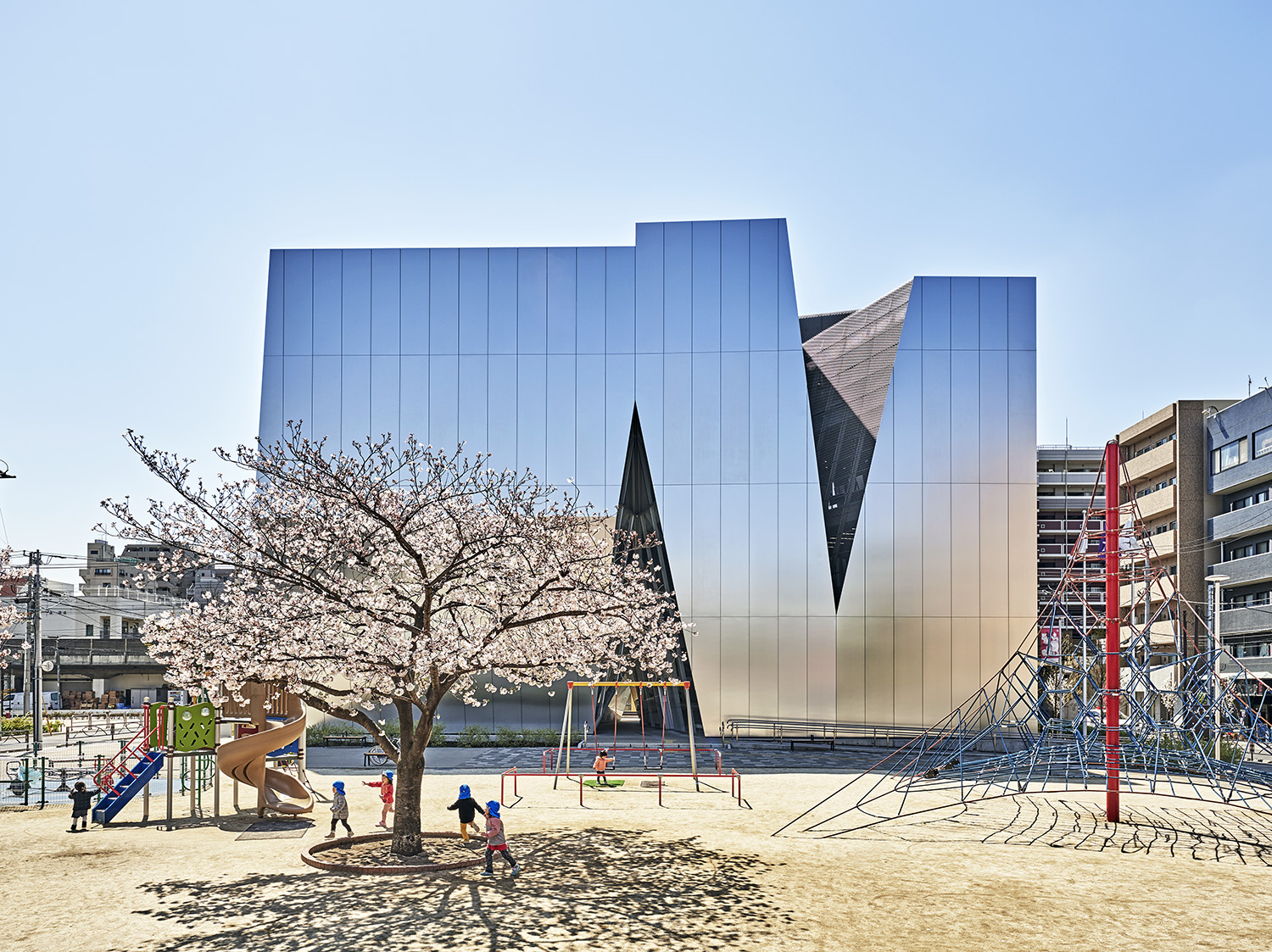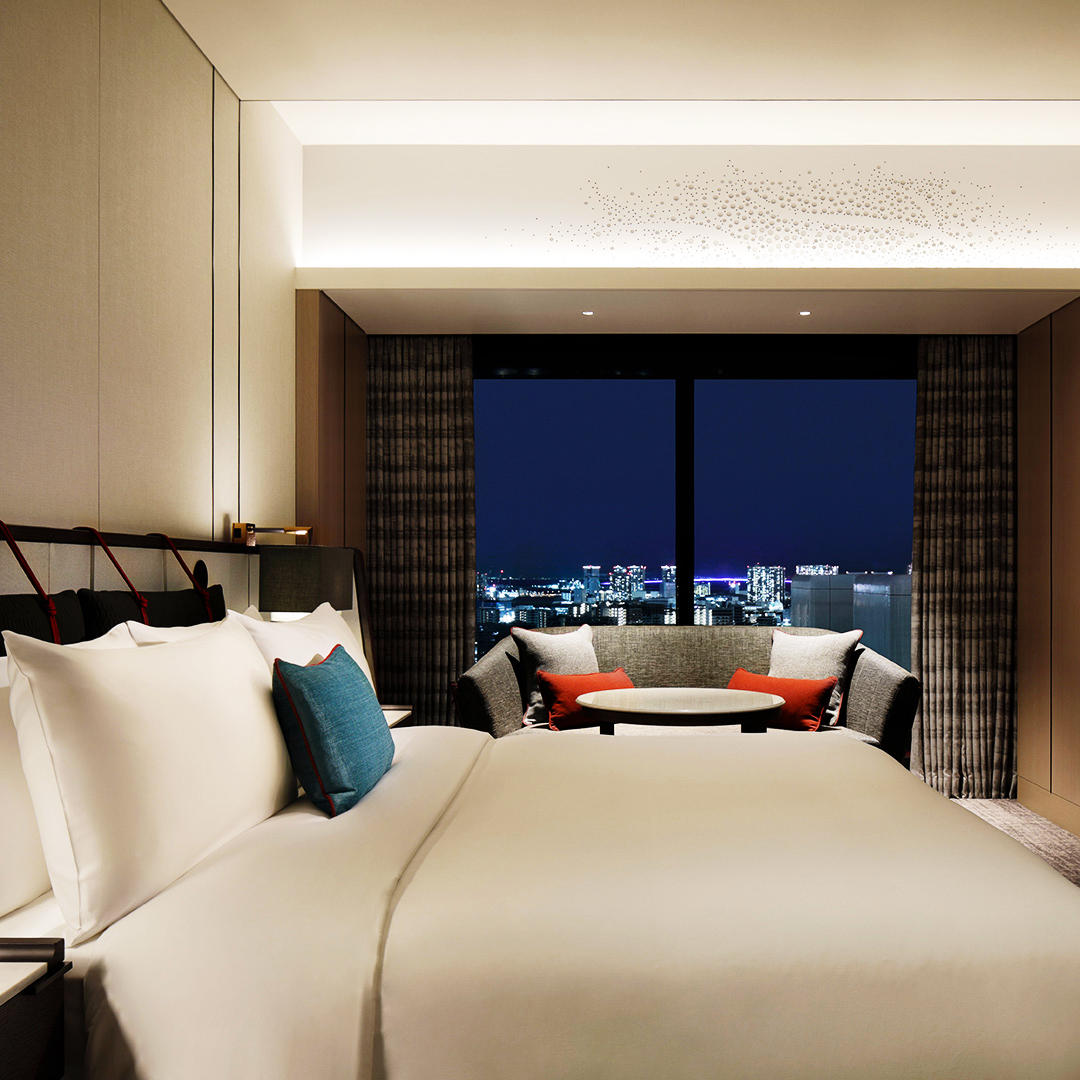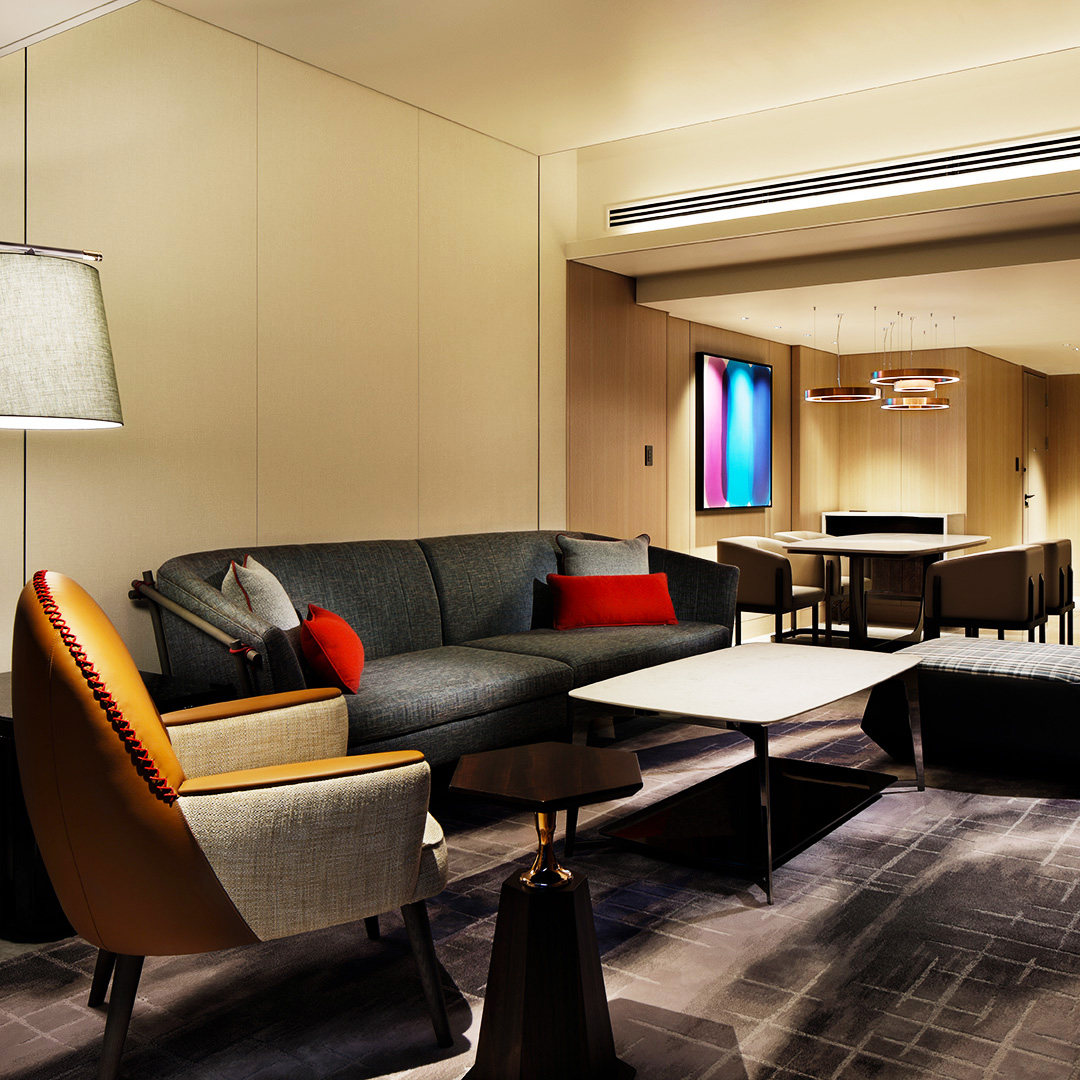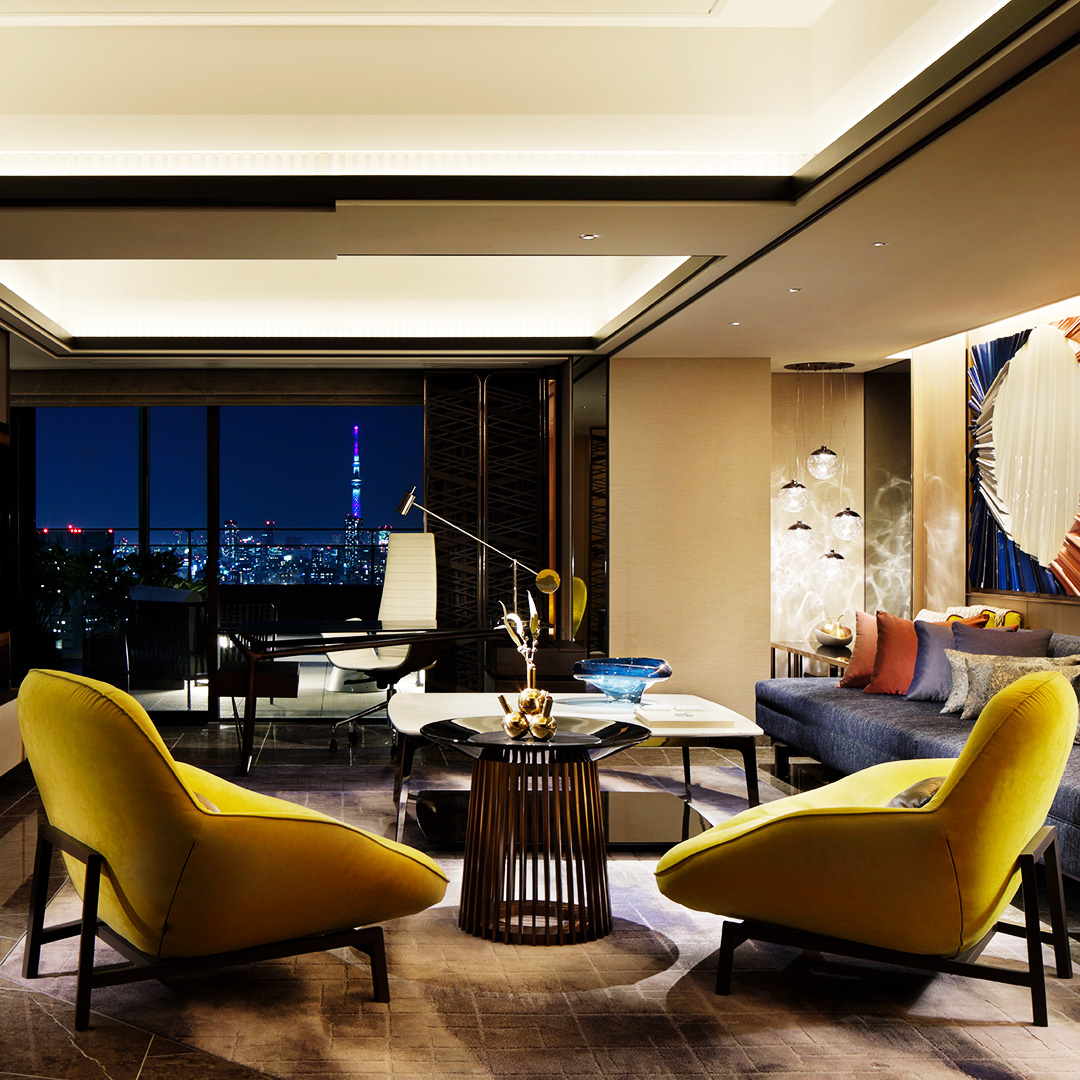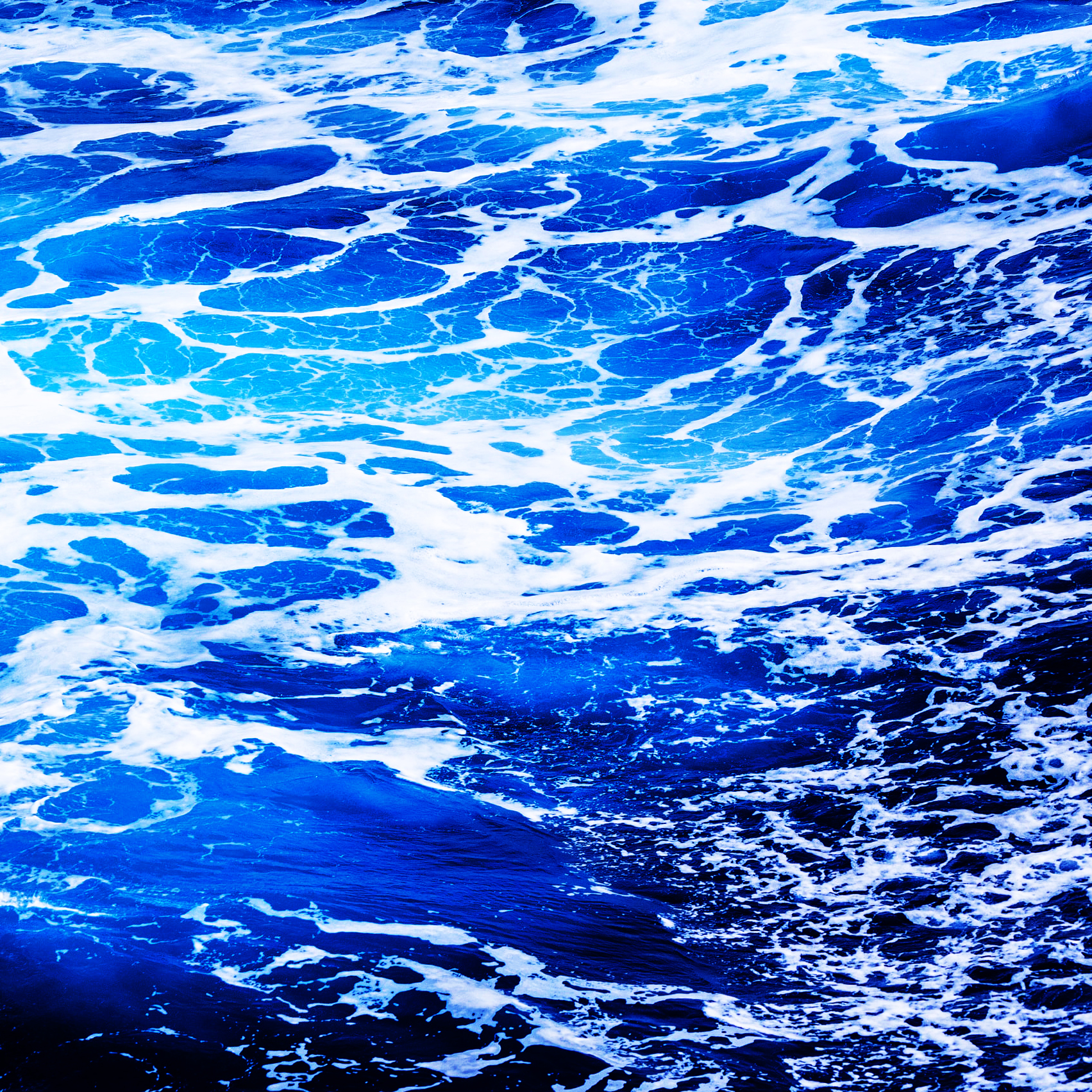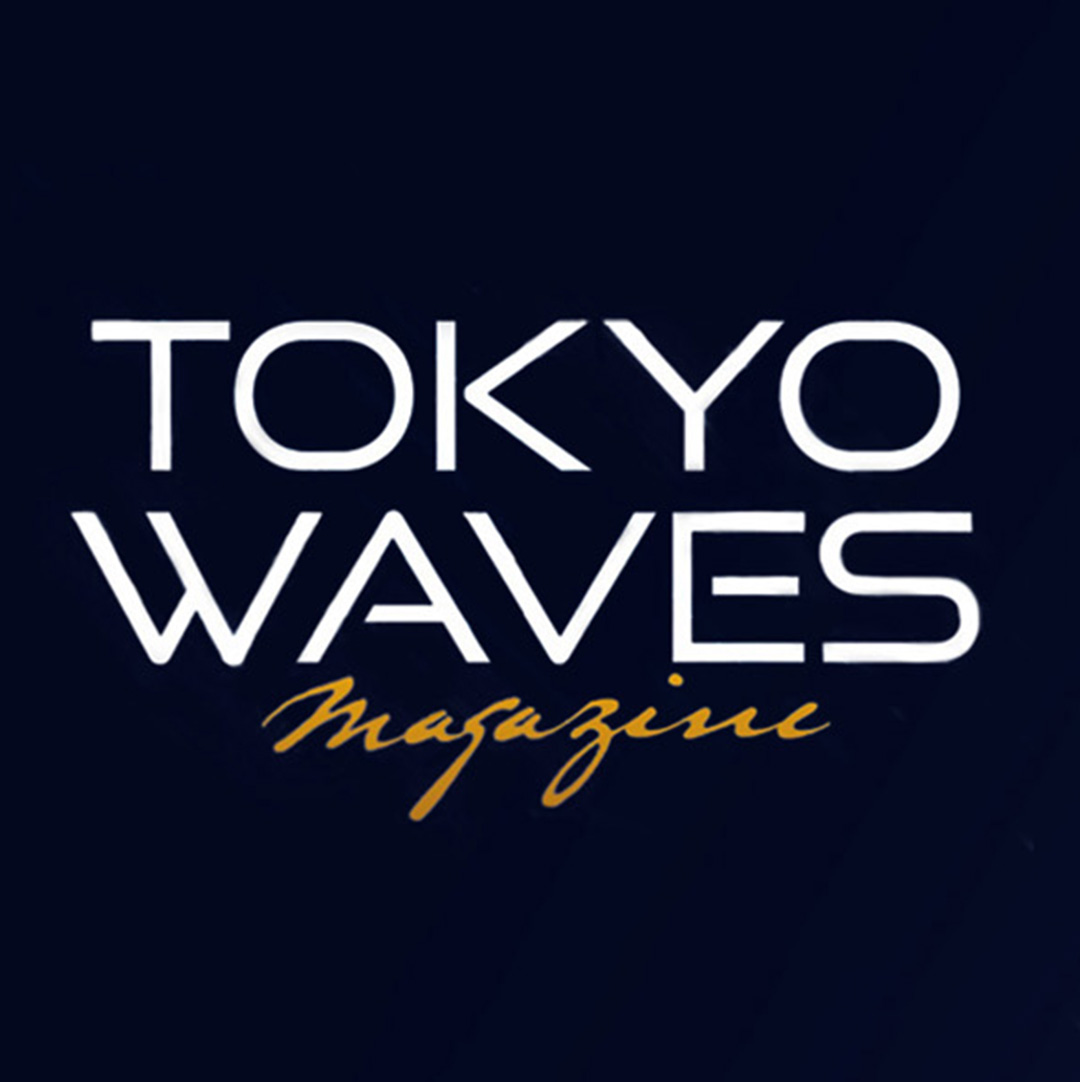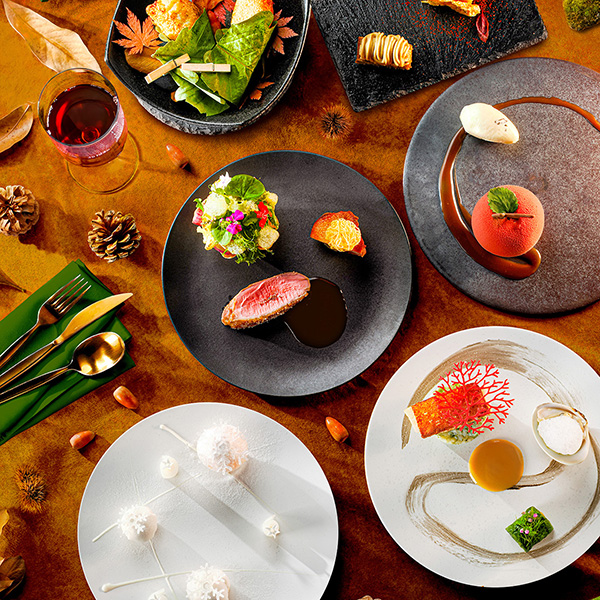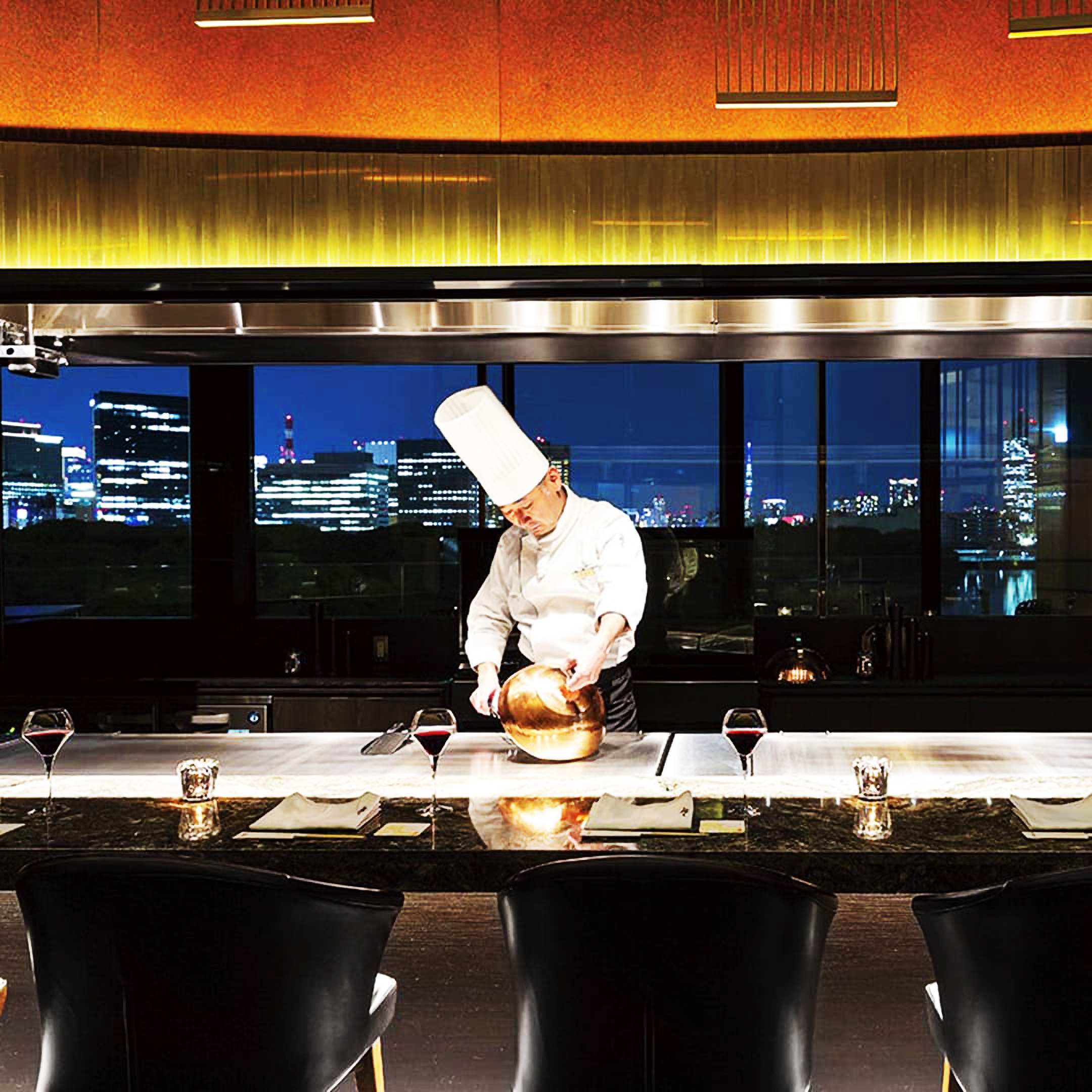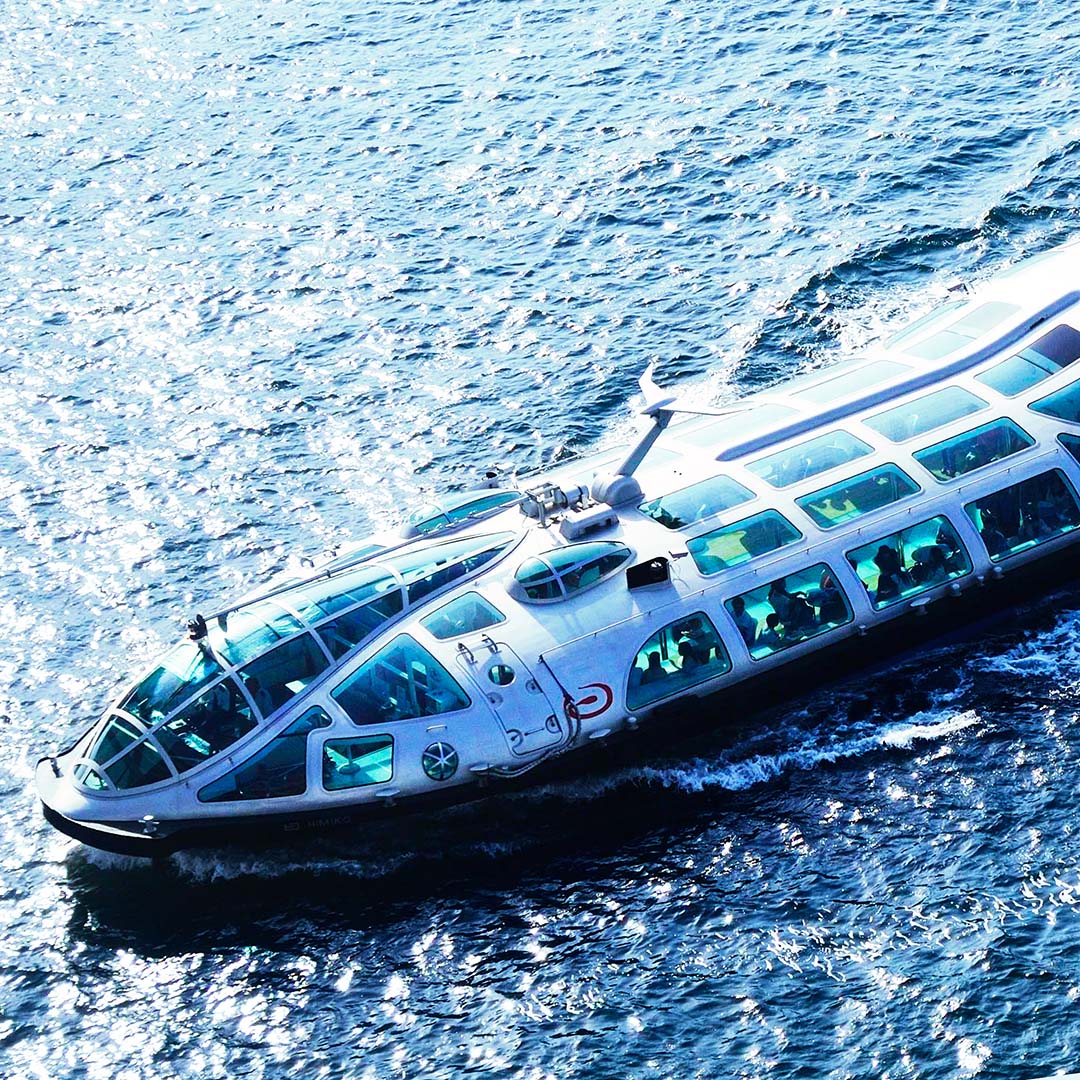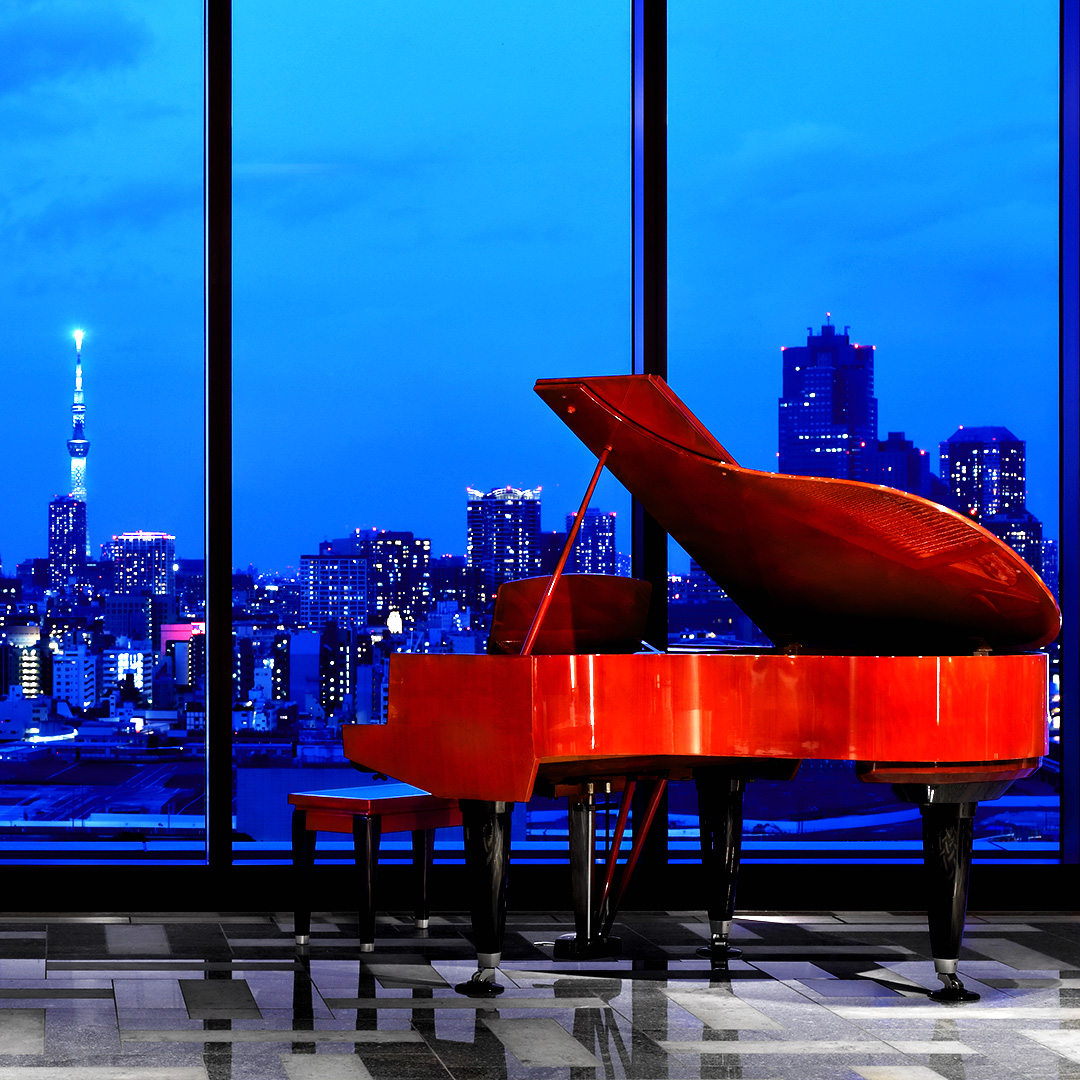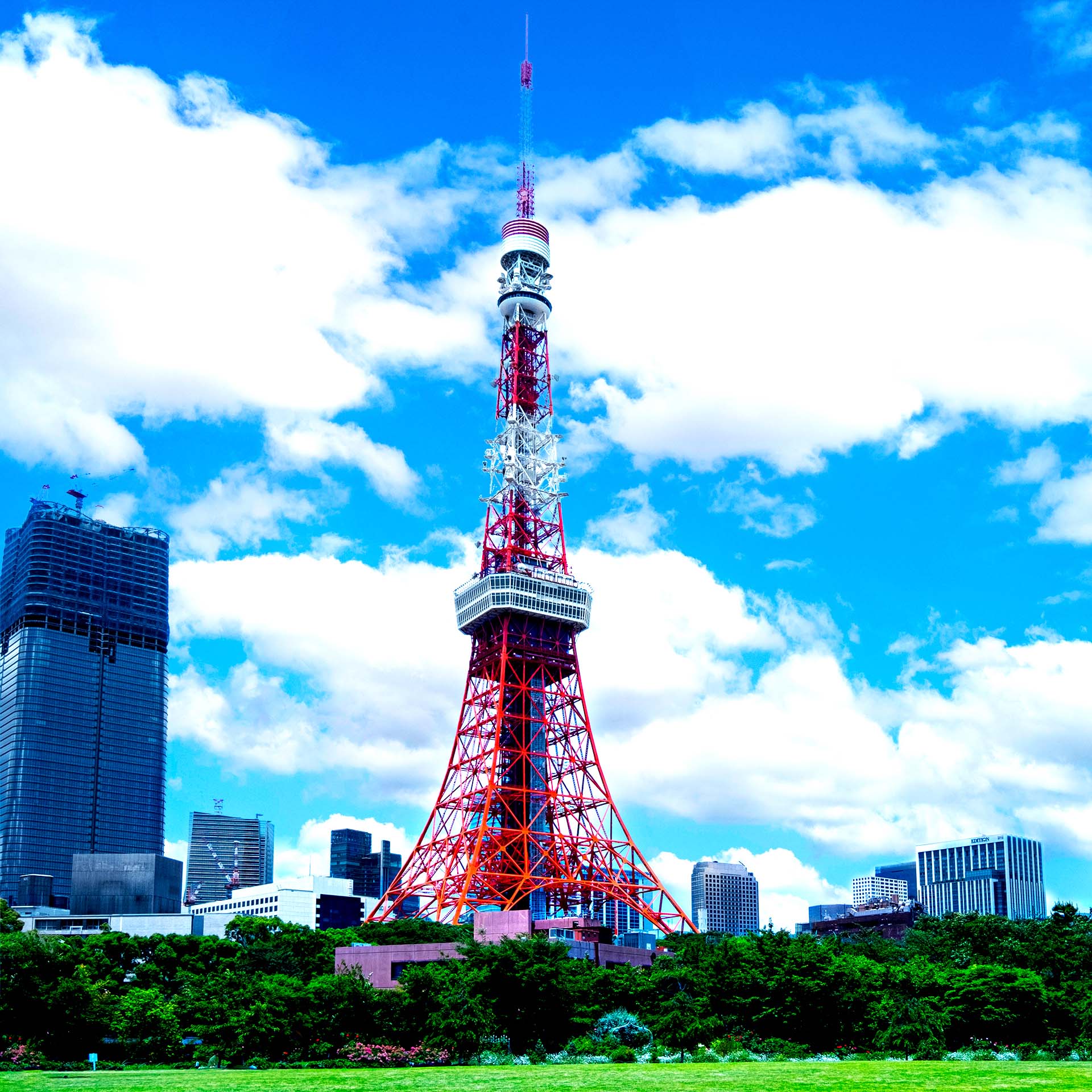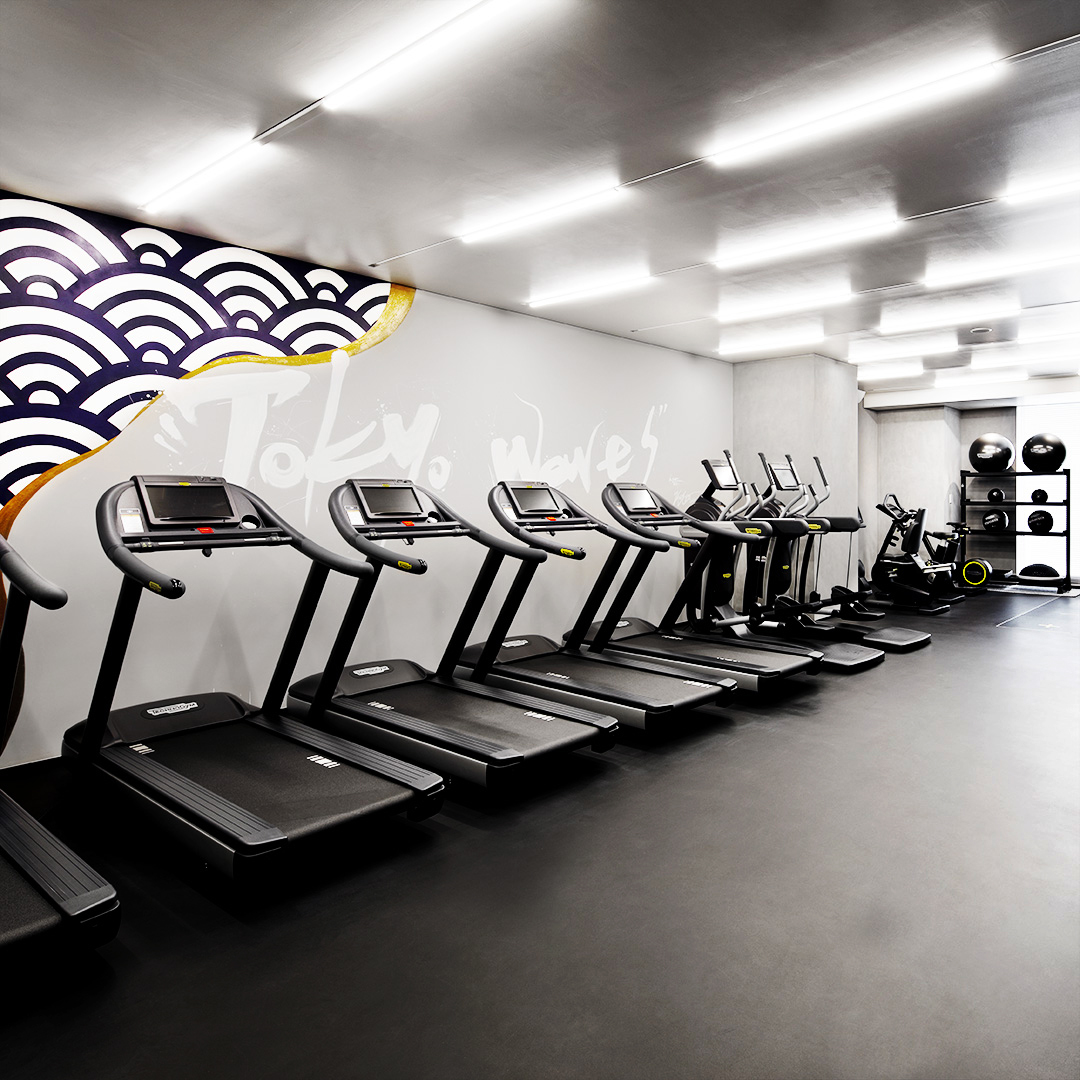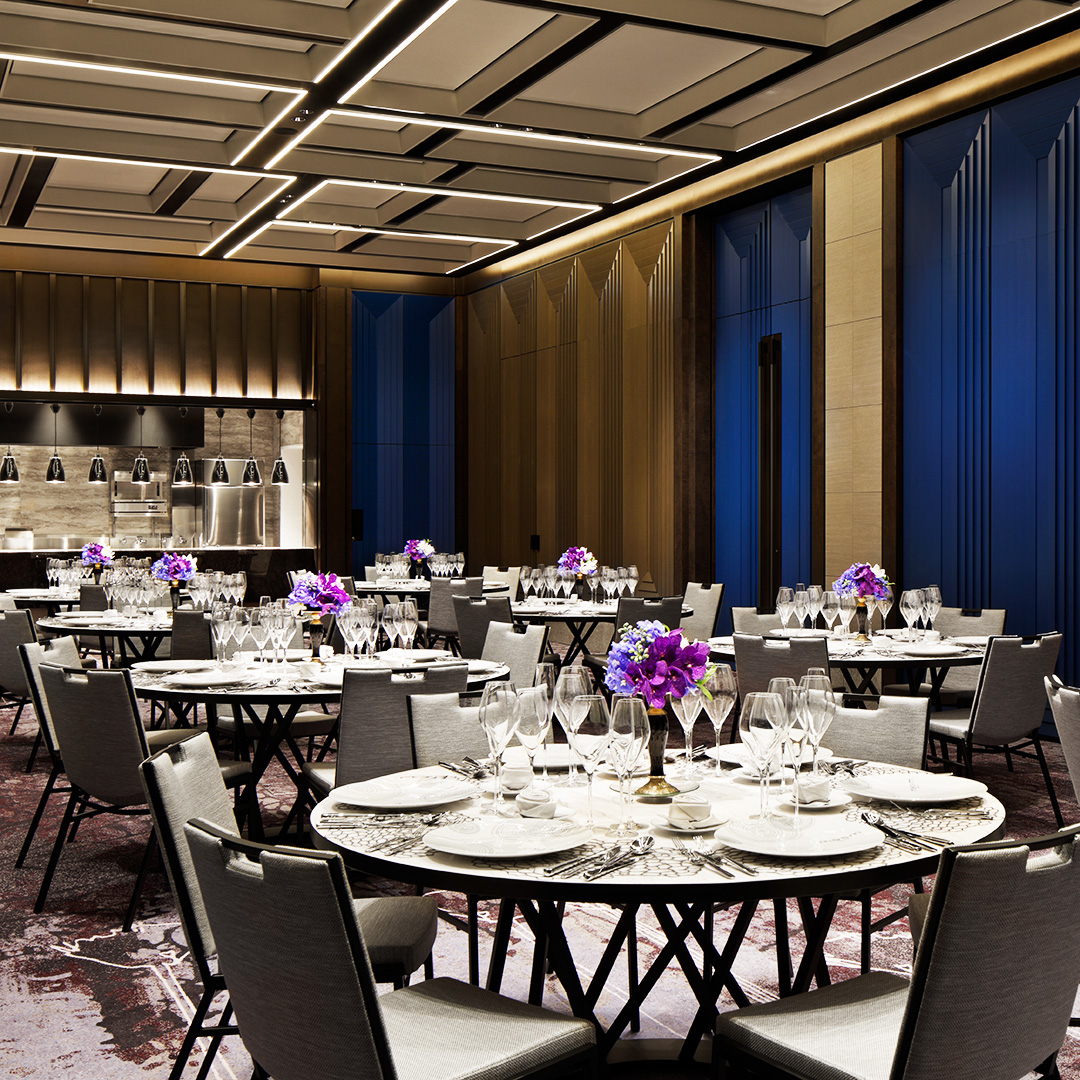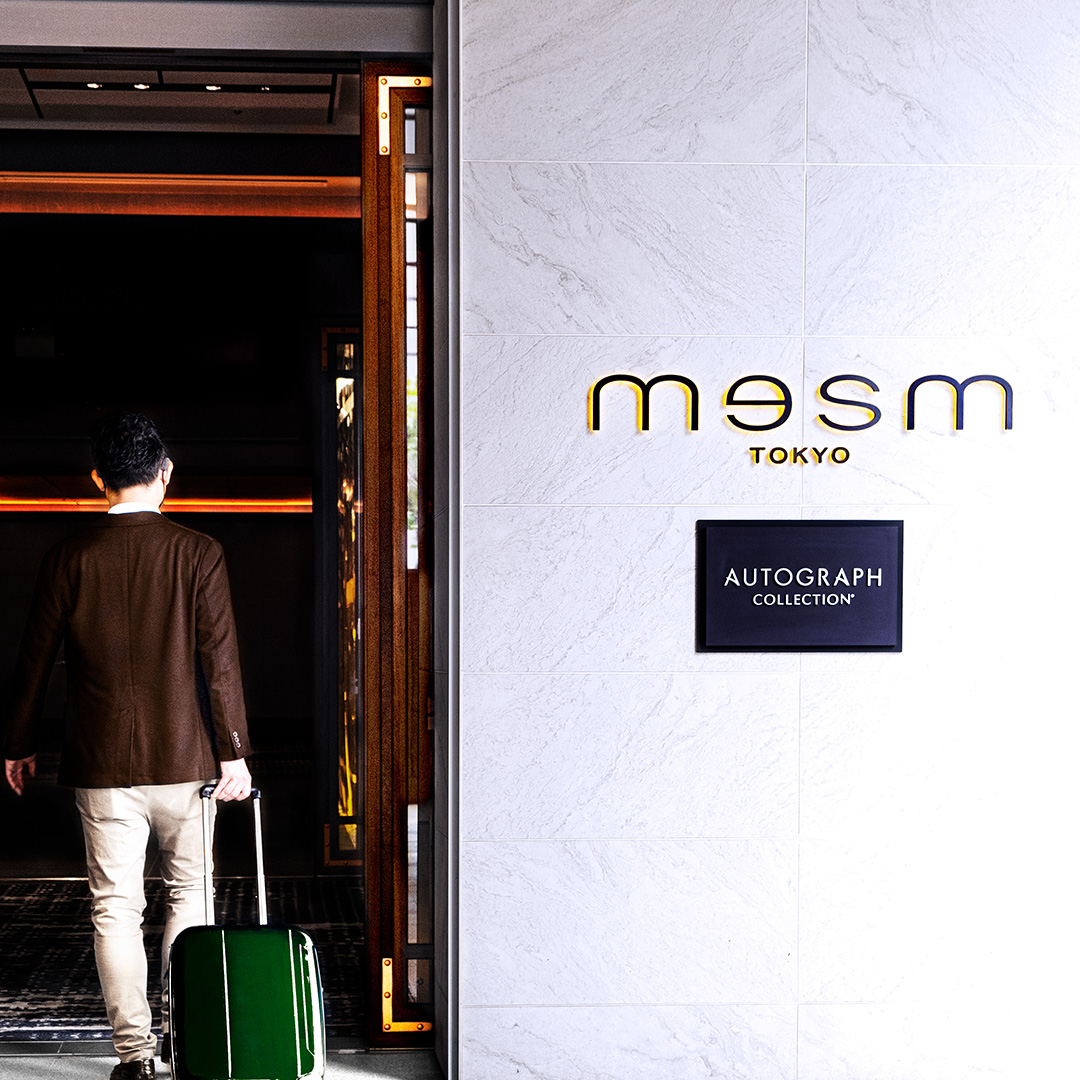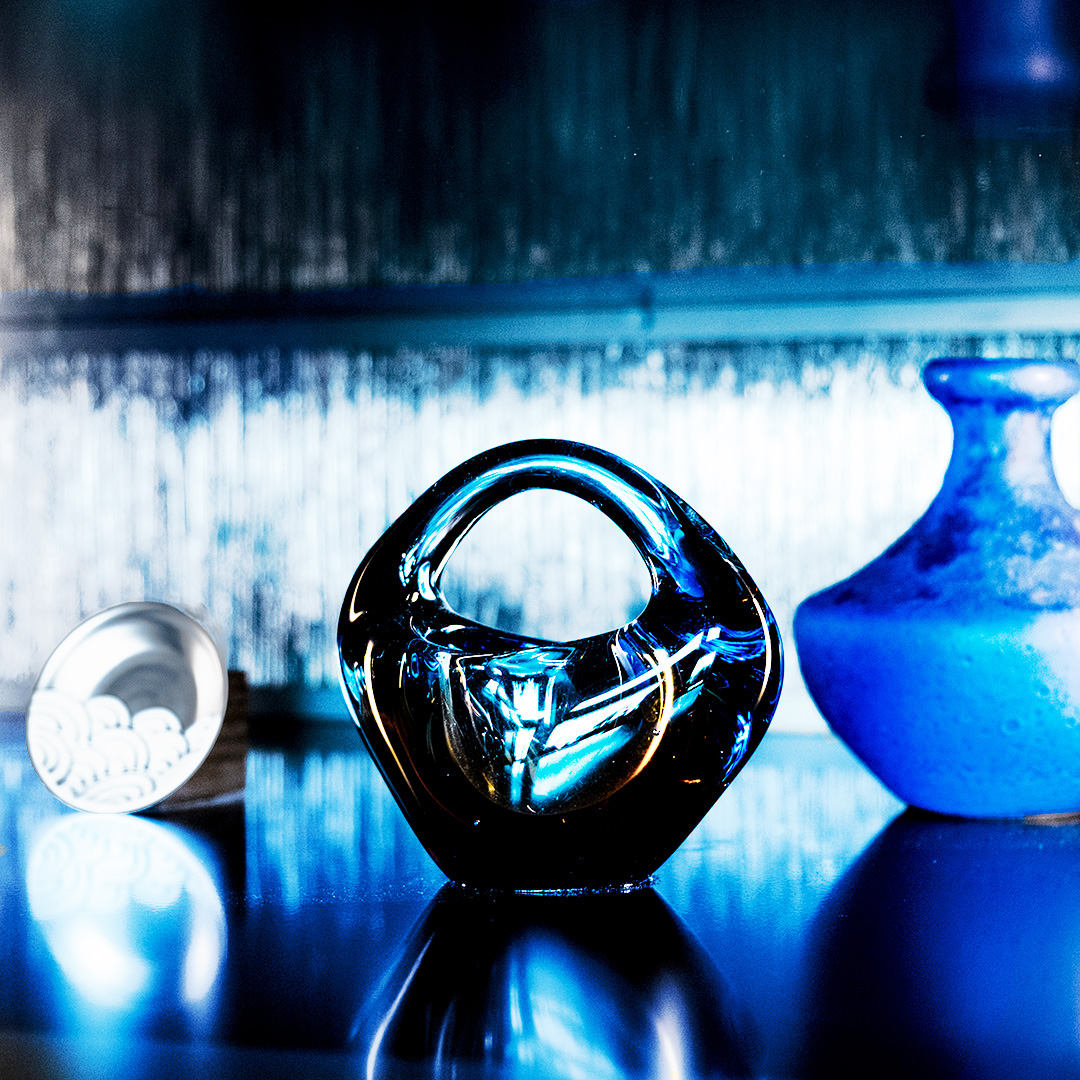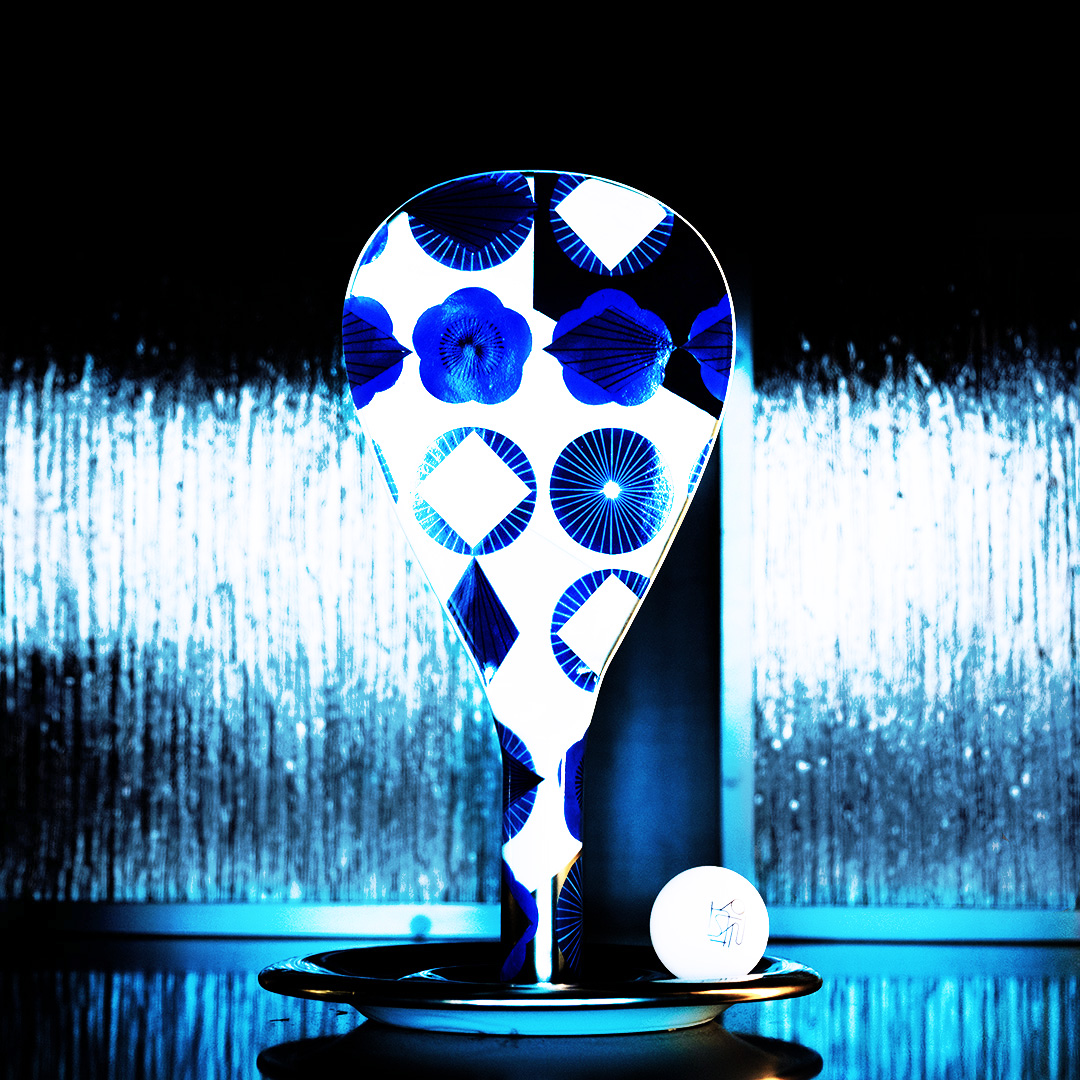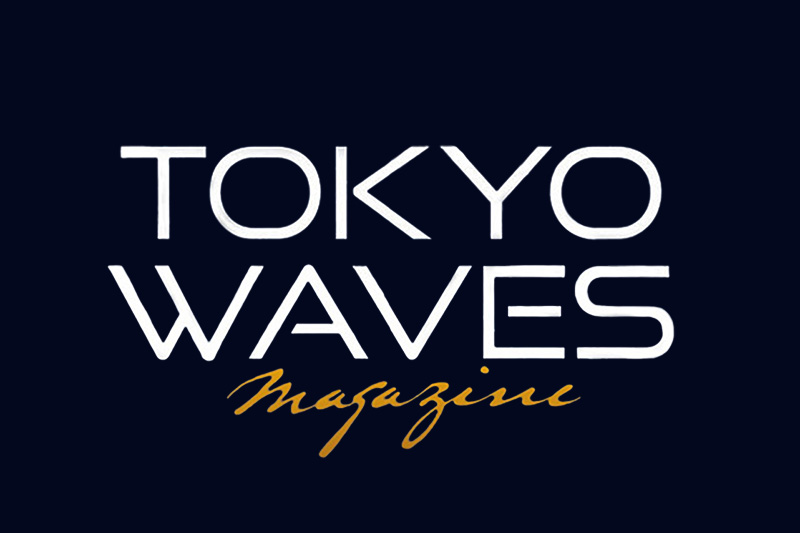VisitorWhat Captivates Us About Hokusai's Ukiyo-e?
Hokusai's Global Influence in His Era
Katsushika Hokusai is one of Japan’s most recognized and celebrated ukiyo-e artists. His work was nothing short of sensational. Ukiyo-e prints, while being works of art in themselves, also spread widely among the public as printed materials (surimono), serving as an early form of media. At the 1856 Paris Expo, Japanese crafts like ceramics were exported—wrapped in ukiyo-e prints. These prints, particularly by Hokusai, stunned European audiences, sparking the Japonism movement that influenced artists like Van Gogh, Monet, and Degas. Hokusai, who lived across various neighborhoods within modern-day Sumida, created works that continue to be admired globally. What is it about his art that so deeply captivates us?
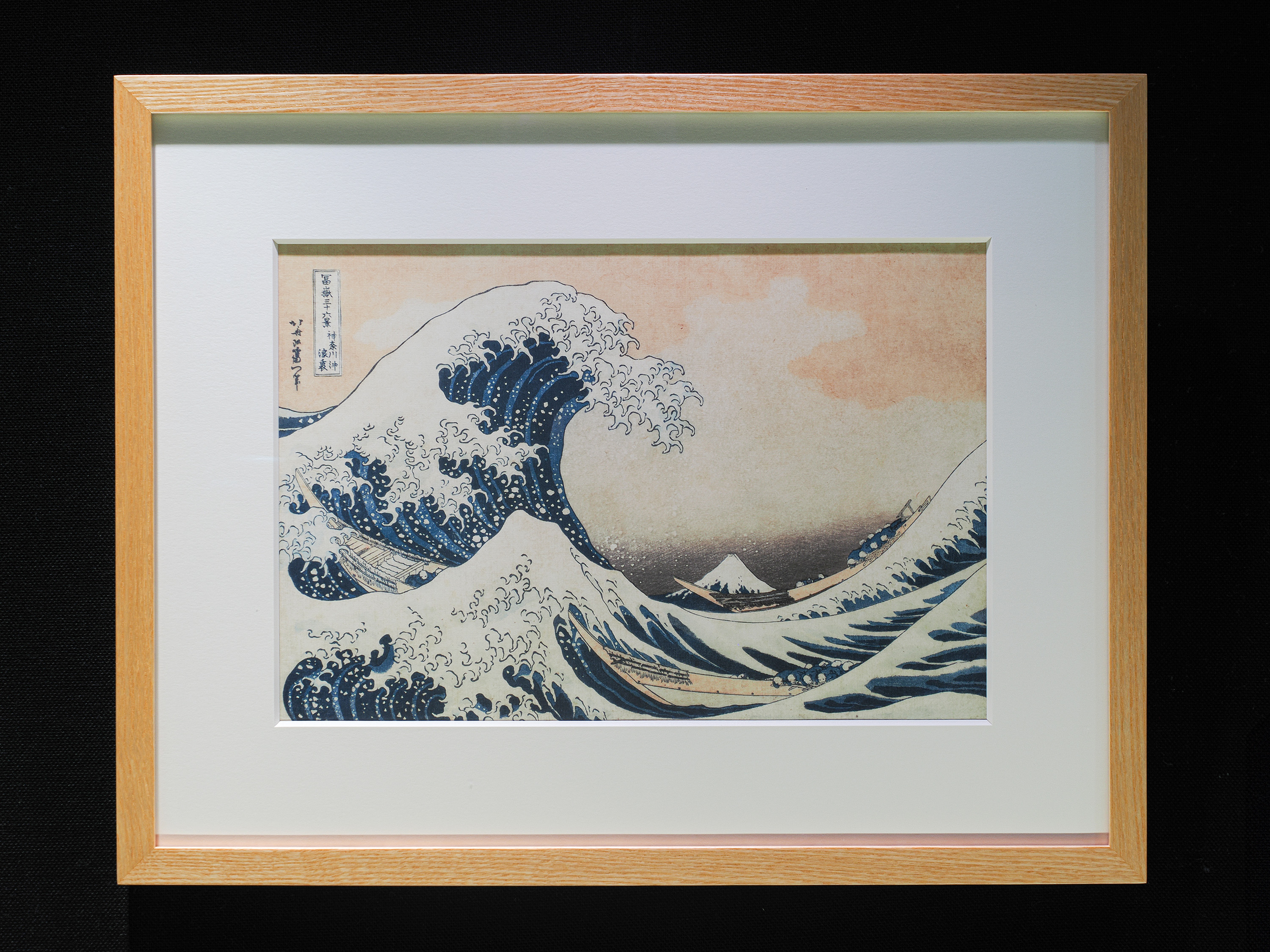
Life-size High-Resolution Replica of Katsushika Hokusai’s Thirty-six Views of Mount Fuji: The Great Wave off Kanagawa
On display in the “Learn from Hokusai Room” at the Sumida Hokusai Museum
The Unique Visual Language of Hokusai’s Ukiyo-e
Compositional Expression
Hokusai used bold, geometric perspectives unlike traditional Western art. His works feature circular, square, and triangular motifs arranged with striking intention, often seen in his "Hokusai Manga" series. His compositions go beyond realism to powerfully frame motifs in visually bold ways.
Color Sensibility
Hokusai's ukiyo-e demonstrate refined color layering through woodblock printing. His vivid yet delicate use of multiple colors that are vibrant yet delicate—especially the iconic Hokusai Blue—left lasting impressions. This blue pigment famously appears in The Great Wave off Kanagawa and continues to leave a lasting impression on viewers.
Dynamic Depictions of Life, Nature and Animals in Ukiyo
Hokusai’s work goes beyond capturing visual realism—he conveyed energy, essence, vitality and impression of his subjects. His works pulse with movement and emotion, whether portraying people, nature, or animals, offering humorous and candid depictions of everyday life making viewers feel as if they’re truly witnessing those scenes, evoking a sense of surprise, emotion, and familiarity.

“Learn from Hokusai Room” at the Sumida Hokusai Museum — Photo by Yosuke Owashi
Spreading the Waves: TOKYO WAVES Today and Beyond
Inside the Museum: Interactive and Modern Displays
At the Sumida Hokusai Museum, you’ll find thoughtful ways throughout the space that help convey the timeless appeal of Katsushika Hokusai’s ukiyo-e. On the 4th floor, the Learn from Hokusai Room introduces the bond between Hokusai and Sumida through high-definition replicas of his work and interactive panels. Visitors can trace brushstrokes, explore compositions with puzzle-like shapes in an interactive corner called the “Great Encyclopedia of Hokusai's Drawing Techniques”. This experience make viewers feel losing track of time and fully immerse themselves in Hokusai’s artistic vision.
Special Exhibitions
The 3rd floor features rotating exhibitions that link ukiyo-e to modern themes. Currently on display (as of April 2025): Hokusai × Producers: From Tsutaya Jūzaburō to the Present, is inspired by the NHK drama Berabou. In Edo-period, ukiyo-e were commercial publishing, there were publishers called hanmoto who oversaw everything from planning to sales—essentially acting as producers. Through this exhibition, visitors can experience how ukiyo-e was brought to life in the Edo period and discover how its production and the people involved resonate with the world of modern-day creative industries.
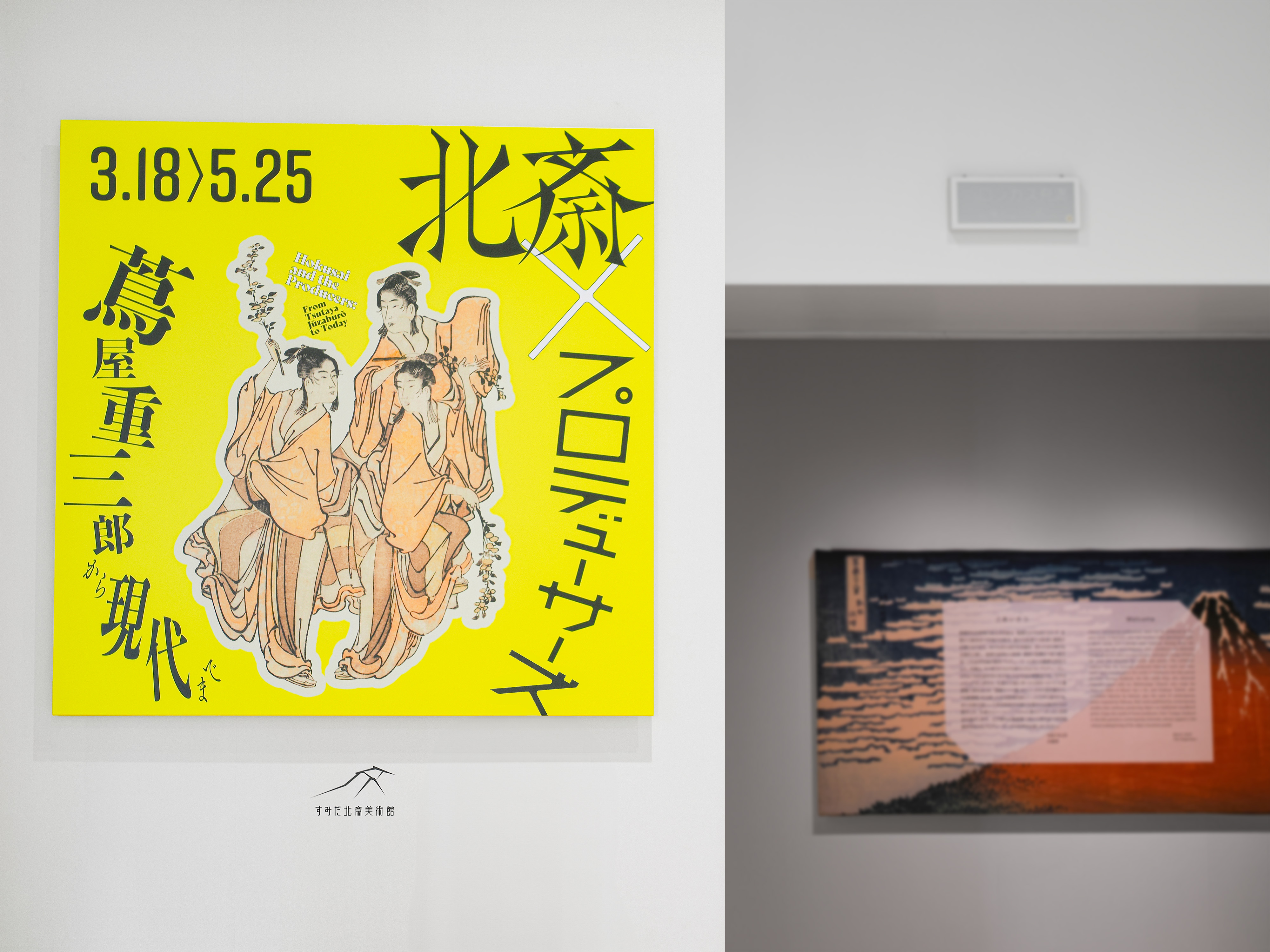
Special Exhibition: “Hokusai × Producers — From Tsutaya Jūzaburō to the Present”
On view until Sunday, May 25, 2025
Visitors from Japan and Abroad
The museum welcomes a wide range of visitors, with around 70% being inbound tourists, many of whom are families. The most admired work remains The Great Wave off Kanagawa, drawing attention from both local and global fans. The museum offers restored works and showcases the evolution of Hokusai’s signature works, whilst integrating digital elements to enhance the visitor experience. Collaborations with films, corporations, and stamp rallies also help itself as an open museum that resonates with local culture.
Quarterly exhibitions are thoughtfully curated and inclusive for all ages to enjoy, often with providing kid-friendly worksheets and bilingual guides. Permanent displays include the Sumida River Scroll and open-access "Hokusai Manga" reading areas are especially popular.
Future plans include expanding partnerships with the community via the Event Partner Program, offering workshops and events centered on Hokusai, Edo, and Sumida themes—ensuring the museum remains a lively cultural hub.
The Honorary Advisor, Mr. Norikazu Shibuya
Mr. Shibuya served as Director of the Sumida Hokusai Museum until March 2025 and is now its Honorary Advisor. With a longstanding presence in Sumida as the chairman of Sumida Cultural Foundation and a career at Higashi Shinkin Bank, he shared thoughts on the museum’s origins and vision:
The Birth of the Museum
“Hokusai spent all 91 years of his life in Sumida. He moved often but always stay rooted here. The museum was born from a desire to share his legacy more broadly. Architect Kazuyo Sejima—winner of the Pritzker Prize—designed the building, which many people come often to see the architecture. The museum is now loved by many, but the journey wasn’t easy.”
What Makes Hokusai Special
“I see a kindred spirit in Hokusai’s free-spirited nature. He moved homes freely, didn’t care for money—He lived freely, and it shows in his bold, expressive art. He wasn’t just skilled; he had depth and charm.”
Sumida's Unique Spirit
“I love Sumida. With a population of around 280,000, it’s a close-knit place. There’s a strong sense of community, which is seen even during the pandemic with the creation of the 'Sumida Model.' The Skytree changed the district's landscape. Now, younger generations are revitalizing the area, blending tradition and innovation—art, history, sports all coexist here.”
Looking Ahead
“Besides the museum itself, we run workshops for kids, lectures, kimono experiences for foreign guests, and collaborate with the nearby park and even sports agencies. We also partner with other museums to circulate exhibits. In the future, Sumida will host a Comprehensive Arts Festival. I believe Sumida will continue to grow as a vibrant cultural destination.”
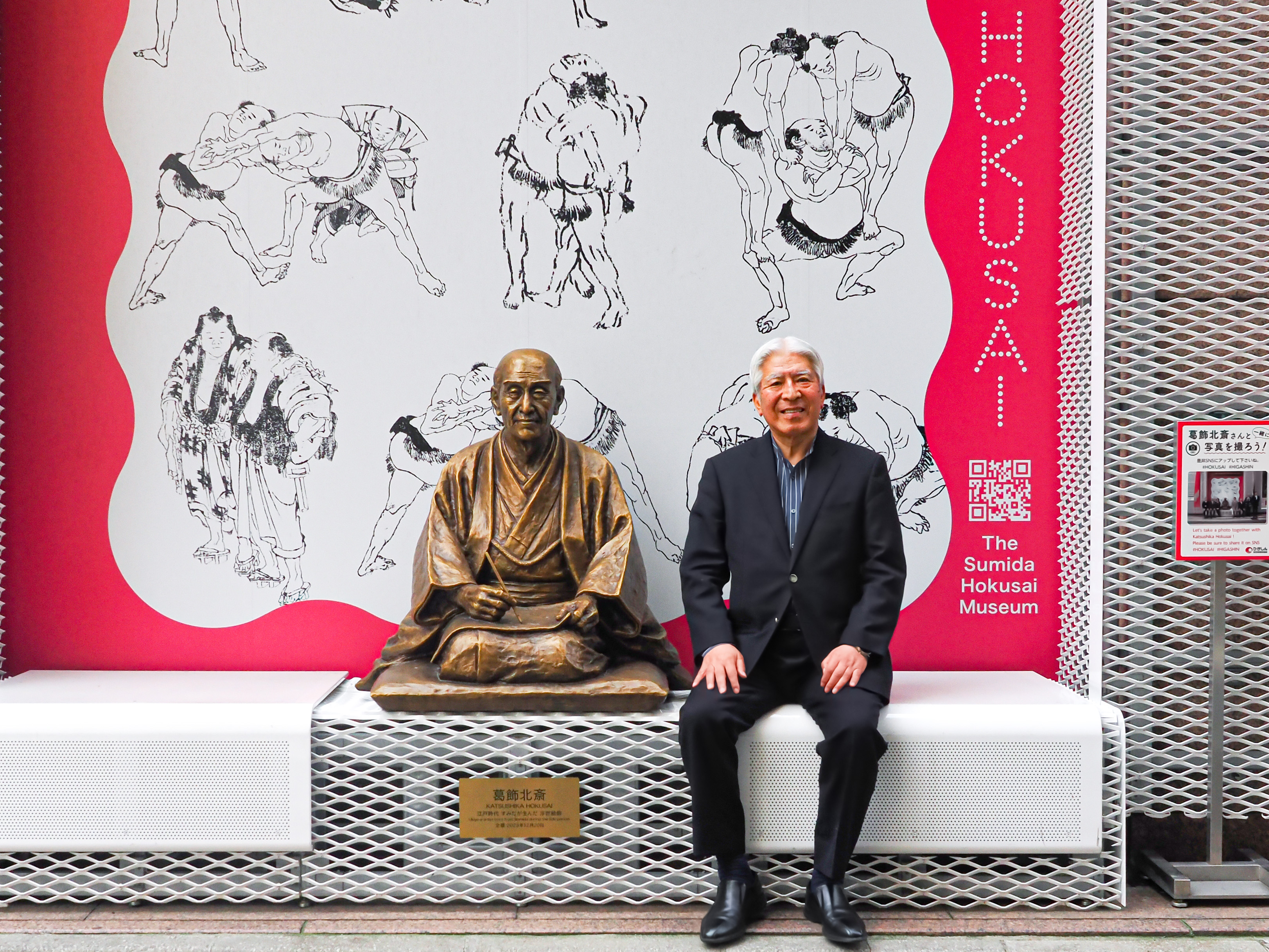
Final Thoughts
"The past is always new, and the future is always nostalgic." These words, the title of a photo book by Daido Moriyama, perfectly describe the feeling one gets when standing before Hokusai’s art.
Hokusai’s ukiyo-e continue to enchant audiences, being reimagined and reinterpreted in various forms and breathing new life into modern motifs across generations. In doing so, they embody the essence of “TOKYO WAVES.” The Sumida Hokusai Museum will continue to share this legacy with the world—through vision, sensation, and spirit.
- Information -
Address: 2-7-2 Kamezawa, Sumida-ku, Tokyo
Tel. +81 3-6658-8936
Hours: 10 a.m.–6 p.m. (Closed Sundays and Holidays)
- Interviewer -
Yuri Tachikawa, Marketing Communications Excecutive

